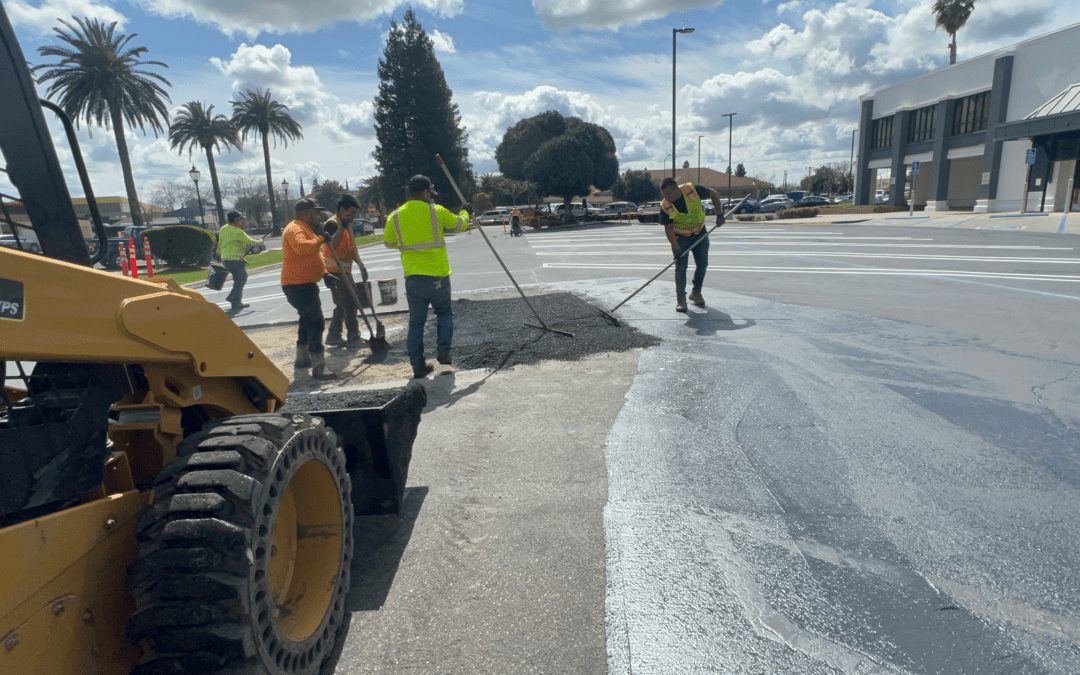Asphalt driveways are popular due to their durability and aesthetic appeal. However, over time, they can develop cracks due to various factors such as weather conditions, heavy traffic, and underlying soil movement. Large cracks not only detract from the driveway’s appearance but can also lead to more significant damage if left untreated. This article will provide a detailed guide on how to fix large cracks in an asphalt driveway, ensuring it remains in good condition for years to come.
Identifying the Problem
Before you start repairing a large crack in your asphalt driveway, it’s crucial to assess the extent of the damage. Large cracks are usually more than a quarter of an inch wide and can run several feet in length. To determine the best approach for repair, consider the following steps:
- Inspect the Crack: Look for signs of further damage, such as crumbling edges or deeper fissures. Note if the crack is isolated or if there are multiple cracks indicating a larger problem.
- Determine the Cause: Cracks can result from various factors including thermal expansion and contraction, water infiltration, heavy loads, or poor installation. Understanding the cause can help prevent future cracks.
- Safety Precautions: Wear protective gear such as gloves and safety glasses to protect yourself from debris and chemicals. Ensure the area is clear of vehicles and other obstructions.
Preparing for the Repair
Proper preparation is key to a successful repair. Gather all necessary materials and tools before starting:
- Materials: Asphalt crack filler, asphalt sealer, cold patch asphalt mix (for larger holes), and sand (optional).
- Tools: Wire brush, broom, pressure washer, trowel, tamper, and utility knife.
Follow these steps to prepare the crack:
- Clean the Crack: Remove loose debris, dirt, and vegetation from the crack using a wire brush and broom. For deeper cleaning, use a pressure washer to ensure the crack is free of contaminants.
- Pre-Treat the Crack: If the crack is more than half an inch deep, fill it with sand or backer rod to within a quarter inch of the surface. This helps prevent the crack filler from sinking.
Repairing the Crack
Once the crack is clean and pre-treated, you can begin the repair process:
- Fill the Crack: Use a high-quality asphalt crack filler to fill the crack. For large cracks, it’s best to use a product specifically designed for wider gaps. Apply the filler slowly to ensure it completely fills the crack.
- Compact and Level: Use a trowel to smooth out the filler and ensure it is level with the surrounding surface. For larger repairs, use a tamper to compact the filler.
- Curing Time: Allow the filler to cure as per the manufacturer’s instructions. This usually takes 24 to 48 hours, depending on weather conditions.
Preventative Measures
To extend the life of your asphalt driveway and prevent future cracks, consider the following maintenance tips:
- Regular Maintenance: Inspect your driveway regularly for new cracks and address them promptly. Clean the surface to remove debris and stains.
- Sealing the Driveway: Apply a high-quality asphalt sealer every 2-3 years to protect the surface from water infiltration and UV damage.
- Addressing Underlying Issues: Ensure proper drainage around the driveway to prevent water accumulation, and reinforce the edges to prevent crumbling.
Conclusion
Fixing large cracks in an asphalt driveway is a straightforward process that can significantly extend the life of your driveway. By following the steps outlined in this article, you can restore your driveway’s appearance and functionality. Regular maintenance and timely repairs will save you time and money in the long run, ensuring your driveway remains in excellent condition for years to come. Take action today to keep your asphalt driveway looking its best.

